1. Sardao aqueduct (Arcos to Sardão)
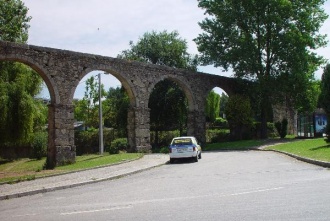
Sardao aqueduct was built in 1720. By Jose Bento Piglet, grandfather Almeida Garrett, in order to carry drinking water to their villas in Quinta do Sardao from sources in Vilar de SWALLOW. The structure of the aqueduct consists of an arcade - twenty-three round arch built on the pillars of different arch alignment. When it was built, the aqueduct was a kind architectural masterpiece.
3. Shrine of Our Lady on the hill (Santuário to Monte da Virgem)
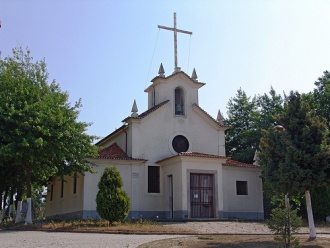
Height of the hill on which the building is situated 216 meters. Temple of the Mother of God is a very popular destination for visitors because here provides a nice view of the village with stunning views of the entire city of Porto. The inauguration of this magnificent building was held on August 22 in 1937. Was.
5. The main church (Igreja Matriz)
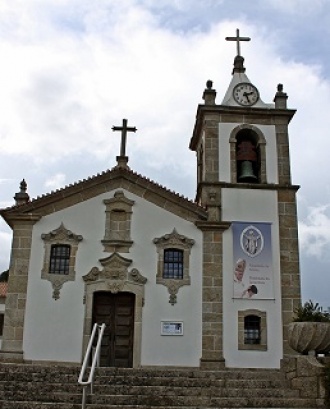
From the parish church of Santa Eulalia best views of the river and Valbom. The church was built in the eighteenth century, with one boat, five Baroque altars with rich carvings and ancient paintings.
2. Monastery of the Friars Farm (Mosteiro Quinta dos Frades)
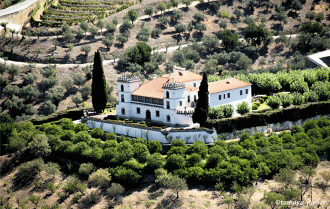
Parish of Oliveira do Douro was established in 1455., And is characterized by the number of farms that once dominated a large part of the territory. This monastery, belonging to this parish, was founded by the Franciscans 1679th year. The monastery was founded by members of the secular Fund of St. John the Evangelist, best known for his commitment to Saint-Eloi. Choir of St. John the Evangelist is the Portuguese Foundation which was founded in the first half of the fifteenth century and gradually extending its influence throughout the country and operates especially in the field of hospital care. Currently, the only surviving building of the original church and part of the building while the other part of the building completely modified as a result of the adaptation of the housing. Inside, there are still some elements that bear witness to the ancient temple as decoration in gold, especially at the altar and altar statue. With the extinction of religious people, the estate was bought by Marcelino Mak Azevedo e Melo (1794-1853), first Viscount Oliveira do Douro, which he held, among other things, the State Secretary of the Department of Finance. He was buried in the church of the monastery in 1853. Was. Ownership has since remained in the possession of the same family.
4. Quebrantões Roman chapel (Capela de Románico Quebrantões)
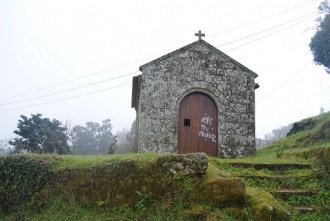
This chapel was built of hand-cut stone in the Romanesque style. It once belonged to the farm Campo Belo. This is the chapel, which is modeled after the chapel of Our Lady of Conception, reduced in size and whose exact period of construction is not known.
This small town has a rich history so it is a favorite destination of all visitors to this area.
Related content: Map of Oliveira do Douro